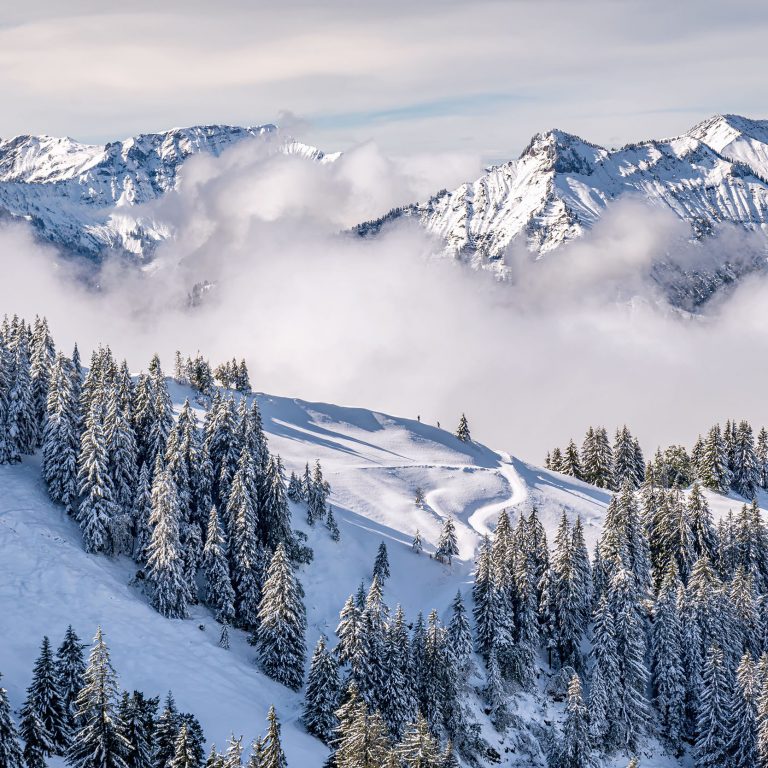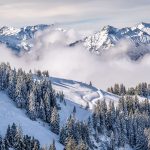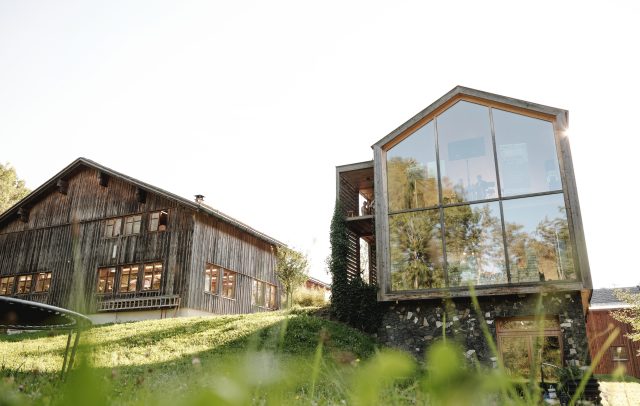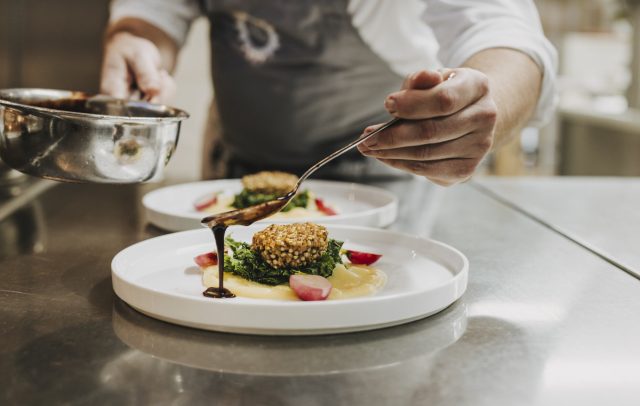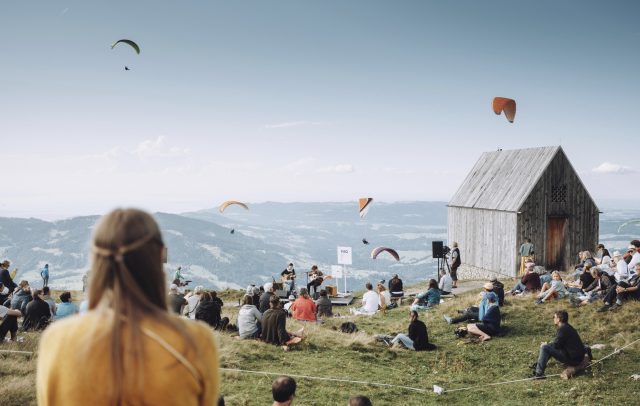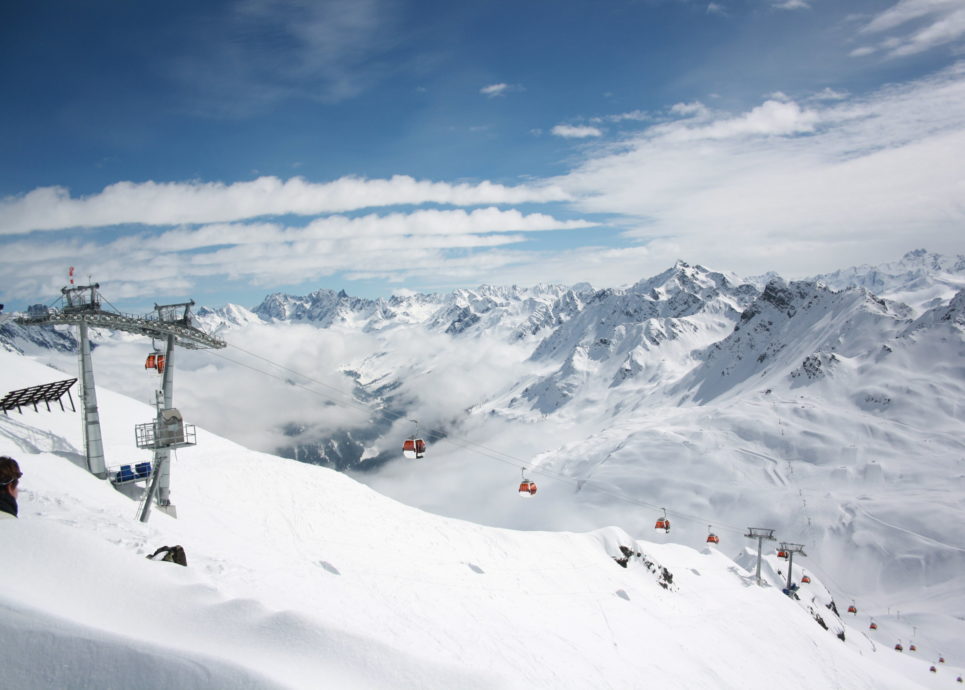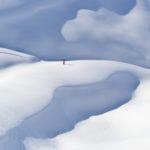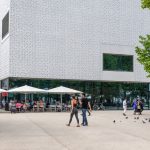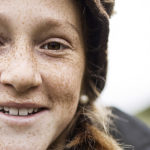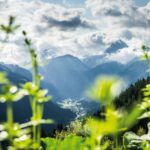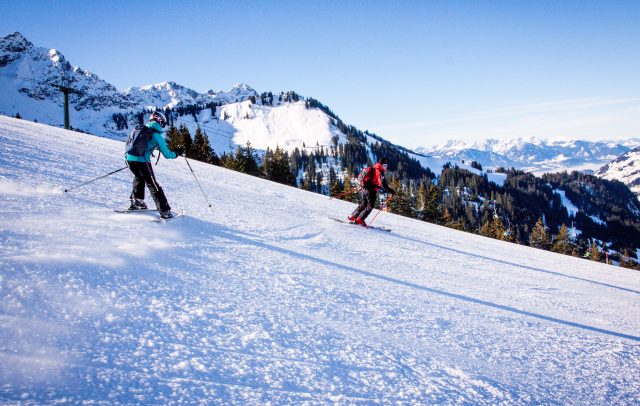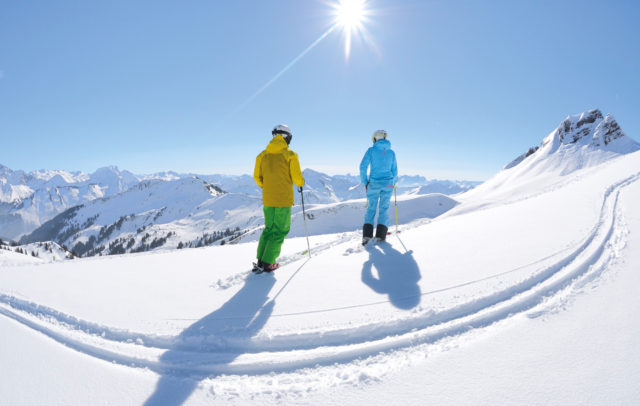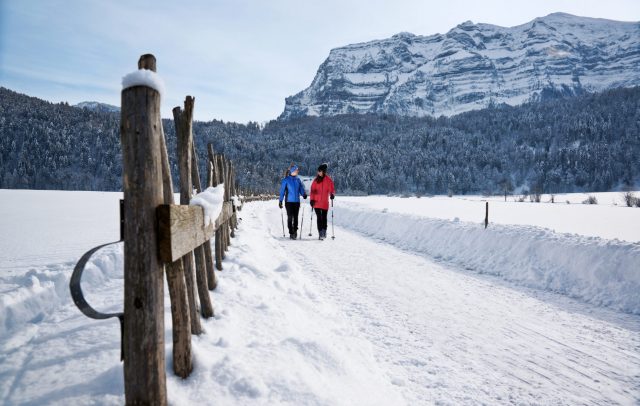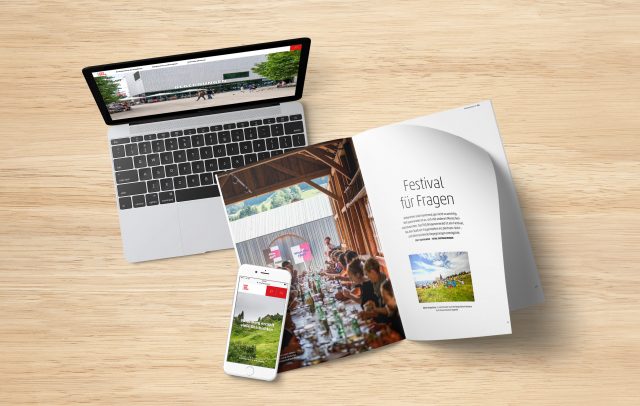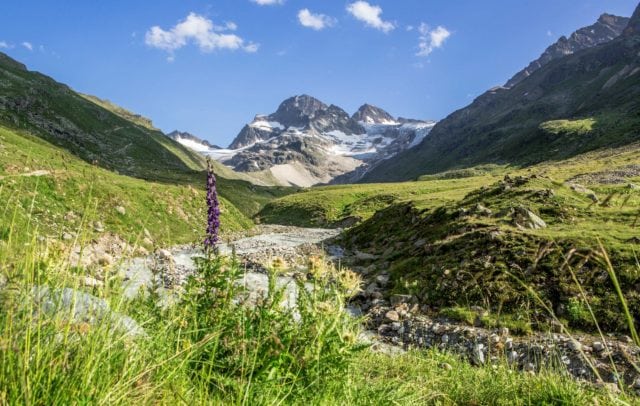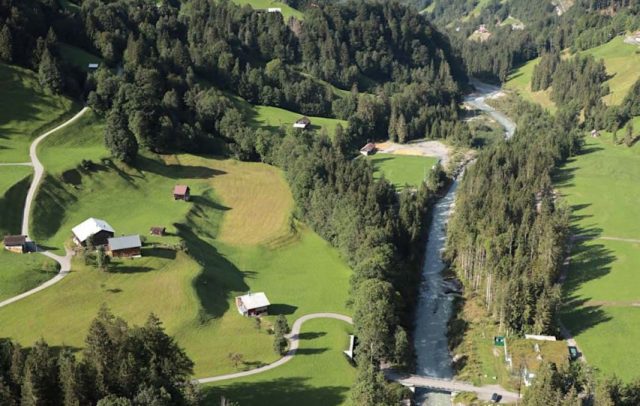General information
Buoyant Winter in Vorarlberg
Vorarlberg is one of the birthplaces of Alpine skiing, where the art of gliding down the slopes has been cultivated and consistently improved since the beginning of the 20th century. This small region in the west of Austria has brought forth innovations such as heated seats on chairlifts, to name but one. Visitors have ample choices when it comes to enjoying Vorarlberg’s winter wonderland – from groomed slopes to ski touring, from freeriding to cross-country skiing, from winter hiking to snowshoe tours. And the winter season also has pleasurable experiences in store beside the spectacular landscape – architectural and cultural attractions as well as culinary delights await.
Ski Destination Vorarlberg – plenty of variety within easy reach
Vorarlberg looks back on a long tradition as a pioneer of alpine skiing – more than 110 years ago, the very foundations of Alpine skiing were laid here at the Arlberg. Since then, the mountains have been developed on a human scale. Most ski areas extend up to snow-sure altitudes of 1,400 to 2,400m. Taking home a plethora of new impressions is an easy feat in Vorarlberg. Distances are short, regional ski passes offer plenty of flexibility, and an excellent network of regular train and bus services or ski shuttles makes it easy to move around.
The winter landscape skiers will encounter is truly spectacular. From the mountain terminals in Damüls-Mellau and on Diedamskopf in Bregenzerwald, you can see as far as Lake Constance, while on the Arlberg, in Montafon, in Kleinwalsertal, Brandnertal and Klostertal, sweeping vistas of the mountains of Vorarlberg and its neighbouring countries unfold. In Kleinwalsertal, skiing fun is truly “boundless”, as the ski area encompasses pistes in both Austria and in Germany. Ski Arlberg, which straddles Vorarlberg and Tirol, is the currently largest interconnected ski area in Austria. The Silvretta Skisafari takes skiers from Montafon to Tirol and back again.
Variety also means that Vorarlberg’s ski areas feature slopes to accommodate all levels of proficiency. Many ski resorts also offer varied combinations of groomed and ungroomed runs, and distances are short, which is an added bonus. Some villages, such as Oberlech, Damüls-Mellau im Bregenzerwald and Brandnertal, are perfect ski-in – ski-out destinations.
More fun activities in the snow
Vorarlberg also has a lot to offer for activities off the slopes. On the winter hiking trails criss-crossing all of Vorarlberg, you can choose between cleared or groomed trails. Various locations offer guided snowshoe tours throughout the day and even at night. Bregenzerwald and Brandnertal boast plenty of attractive cross-country destinations, while Vorarlberg’s highest cross-country trails can be found on Silvretta-Bielerhöhe in Montafon, at 2,032m altitude. Toboggan runs are widely available and always worth a try. Some are even illuminated for night-time fun. You might fancy going out on a husky sledge trip or even on a walk with llamas through the wintery landscape.
Architectural and cultural attractions
A traditional Vorarlberg timber house here, a state-of-the-art new build there – made from timber, too, it goes without saying – this surprising mix of a traditional and contemporary design is a feature typically encountered in many towns and villages. Vorarlberg, this small region at the westernmost tip of Austria, has long become an acclaimed showcase of contemporary (timber) architecture in the Alps. No matter where, in small villages or in ski resorts, examples of noteworthy contemporary architecture range from cableway terminals to mountain-top restaurants and lodges to hotels, some of the most outstanding among them the ski lodge “Der Wolf”, the Balmalpe restaurant in Lech Zürs am Arlberg, the valley and mountain terminals of the Mellau cableway in Bregenzerwald, the Frööd restaurant in the ski area of Brand im Bregenzerwald, the Alpine sports centre in Schruns in Montafon or the mountain terminal of the Nebelhornbahn cableway in the cross-border ski area of Kleinwalsertal-Oberstdorf.
Skiing in the morning and culture-vulturing in the afternoon? Easily done in Vorarlberg, where everything is within easy reach. Most museums will be open also during the winter season. Perfectly fitting the season, why not pay a visit to one of the small, exclusive ski museums, such as the FIS Ski Museum in the Damüls, which is dedicated to the history of skiing and of ski racing. The Ski Museum at Walserhaus in Kleinwalsertal has a small exhibition on show. In the Ski Arlberg ski resort, you will meet ski pioneers as well as film and sport stars from the Arlberg region in the HALL of FAME at the mountain terminal of Flexen and Trittkopfbahn I. When it comes to events, Vorarlberg’s motto is small, special and of superb quality. To mark the end of the season, some regions stage atmospheric après-ski events typical of Vorarlberg. “Firnklang Brandnertal” will have live bands playing at restaurants in March. In April, Tanzcafé Arlberg will bring swing, pop and jazz to Lech Zürs am Arlberg, ringing in the end of the winter season.
Excellent cuisine
Invigorating outdoor activity in the fresh winter air makes for a healthy appetite. So it is rather fortunate that Vorarlberg boasts a plethora of excellent restaurants, inns and lodges, serving a wide range of culinary delights. The Gault Millau Guide lists a wide choice of fine dining in Vorarlberg. Lech Zürs am Arlberg, which is home to a number of star-studded restaurants, can rightly claim the sobriquet of World Gourmet Village. But there is no shortage of places to turn to for exquisite culinary delights in the rest of Vorarlberg either. Award-winning or not – Vorarlberg’s chefs are absolute masters when it comes to conjuring up innovative dishes from mostly regionally sourced ingredients. Many restaurants are also distinguished by their special ambience in the style of traditional or contemporary Vorarlberg architecture.
Hospitality Vorarlberg style
When you travel to Vorarlberg, you can always rely on enjoying top-quality food and accommodation as well as hospitality that puts your safety first. Attentive hosts in hotels, B&Bs, inns and restaurants – most of which are family-run – will offer you a heartfelt welcome and a pleasurable place to stay.

